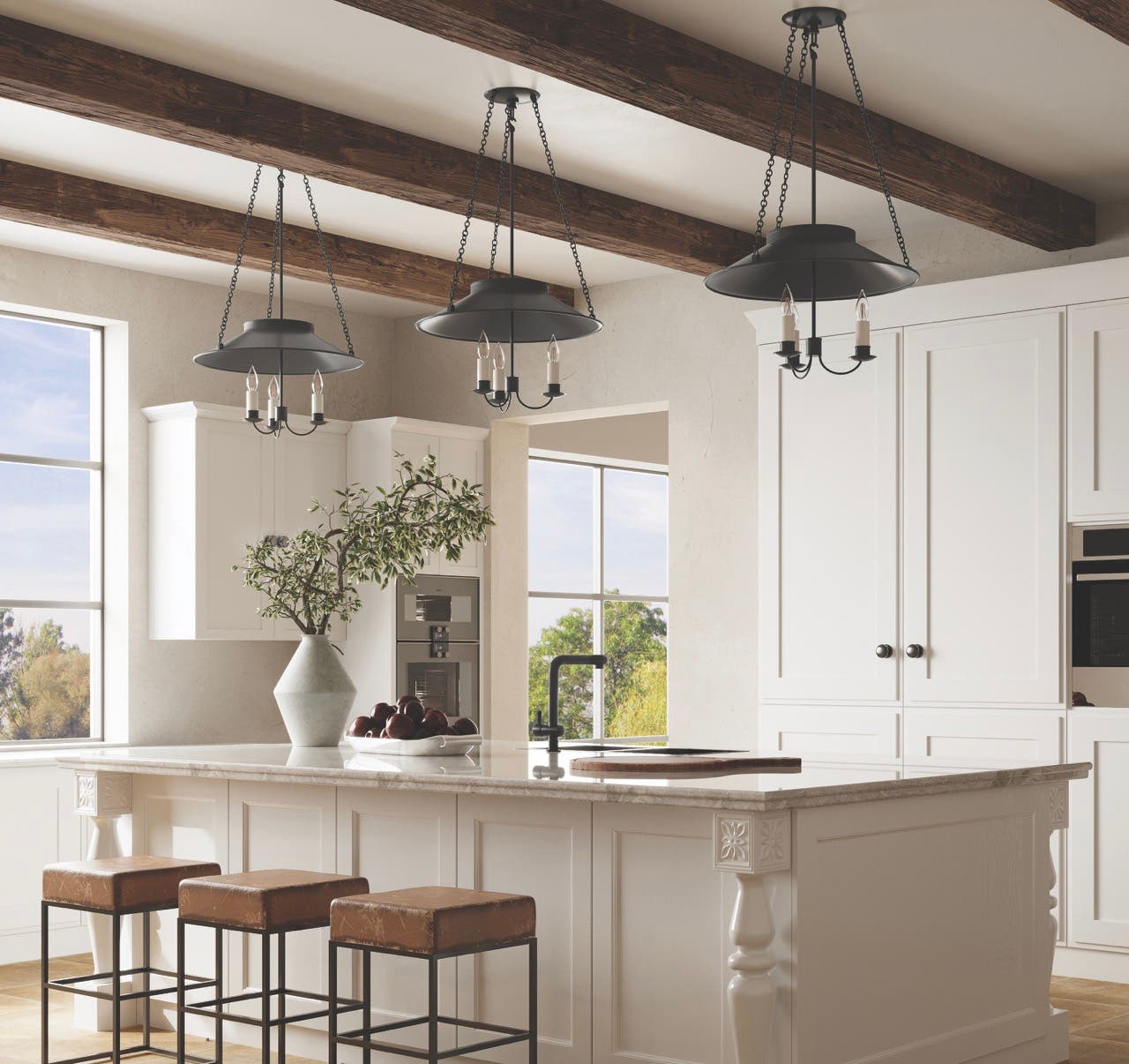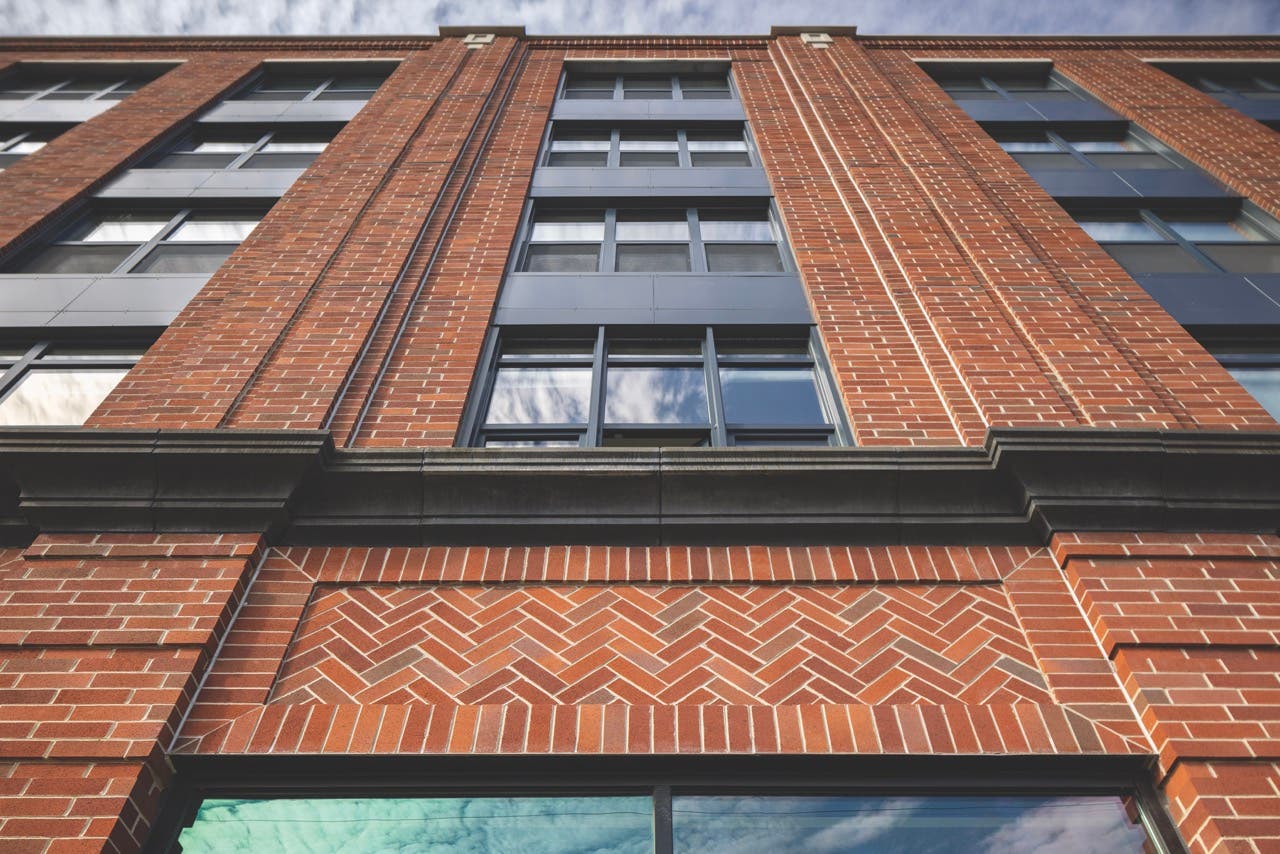
Product Reports
Set in Brick and Stone
There’s an art to the selection of their colors, textures, setting, and shapes, which specialty companies such as the ones profiled below have been cultivating for clients for decades.
The Belden Brick Company
A long-standing pillar in the brick industry, The Belden Brick Company manufactures over 20 face brick and clay paver sizes in more than 500 colors, 13 textures and myriad special-shape designs.
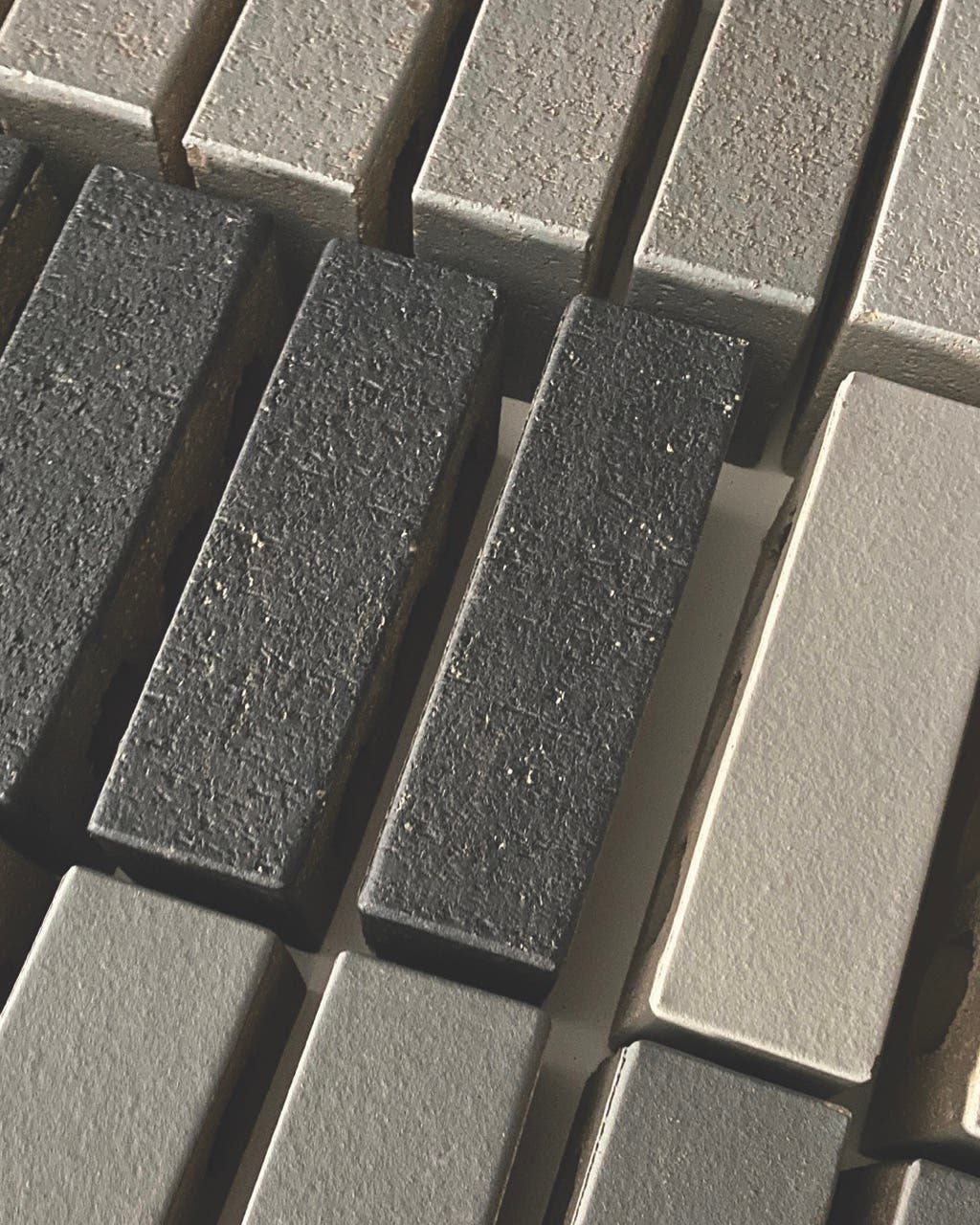
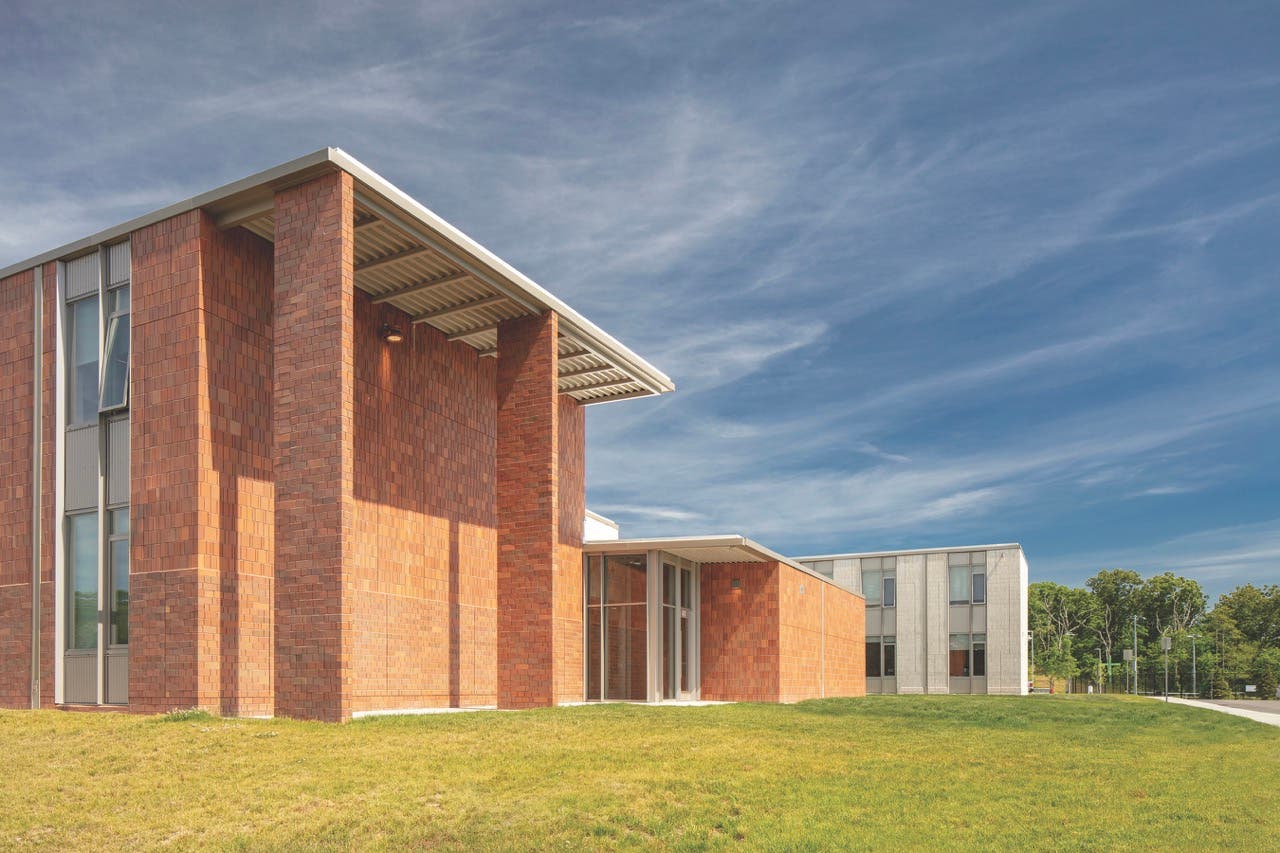
Founded in 1885, Belden Brick, the largest family-owned brick manufacturer in America, extracts premium glacial clays from the Allegheny and Pottsville groups, which are clays from the Pennsylvanian age.
“Our mining operations give us a unique advantage in producing high-quality brick that is unrivaled in the market,” says Marketing Manager Kristie Bryant Fitzgerald. “The superior quality of these raw materials leads to the structural integrity and outstanding appearance of our line of world-class architectural brick and clay pavers.”
The origins of the family-owned company, which is based in Ohio, date to 1876, when founder Henry S. Belden saw a stiff-mud brick-making machine while visiting the Centennial International Exhibition in Philadelphia.
It was he who pioneered the idea of paving streets with brick and using bricks as fireproofing material, a subject of intense national interest after the Great Chicago Fire of 1871.
“We are passionate about leading the way in innovative brick-making for architects, builders, and homeowners,” Fitzgerald says. “We take pride in expanding the bricks’ creative potential while upholding their traditional strengths.”
KEPCO+
A design- masonry cladding contractor,KEPCO+ (Knaphus Exterior Panel Company) specializes in engineering and installing custom exterior facades of natural stone, tile, and terra cotta for commercial buildings, particularly those that are in traditional styles with ornate or cubic detailing.

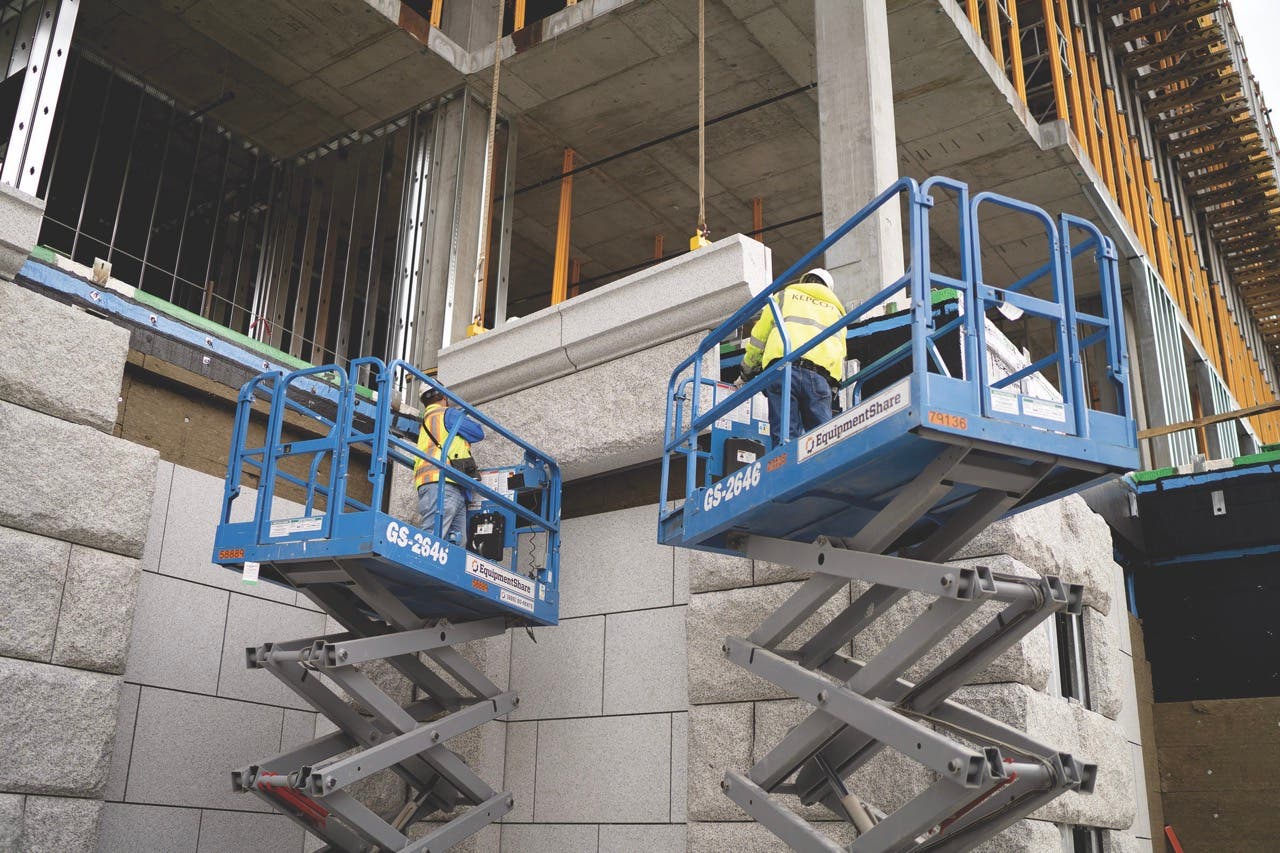

The family business, which is based in Utah, installs the cladding pieces on steel frames in its off-site center, fabricating panels while the building is constructed and installing them as the structure is completed, a process that’s less time-consuming than a traditional handset method.
“We often work alongside the architects, the owner, and the general contractor during the design-assist phase to evaluate and develop the facade attachment and installation method together,” says Catherine Hutton, the company’s vice president of administration. “Many times, our clients have these gorgeous, intricate facades, and they need to balance the aesthetic specifications with the technical specifications—we help them explore options to achieve the desired look with the required tolerances and load paths within their budget and schedule.”
Founded in 1985 by brothers Bruce and Chris Knaphus, KEPCO+ has completed projects around the country. Its latest one is the North Capitol Building at the Utah State Capitol Complex.
“Whether it’s an office complex, an entertainment venue, a government building, or a place of worship, each project is unique,” Hutton says, adding that each one is fulfilling because “we get to see details and designs and ideas that start on paper become actuality. Our employees can see the results of their labor, they can take their families to visit buildings they played a role in creating.”
Lancaster Lime Works
Since 2013, Lancaster Lime Works has been manufacturing and distributing lime mortars, plasters, limewash, and other 100 percent natural building materials for hempcrete, strawbale, adobe, and other types of green buildings as well as training professionals in their proper use.
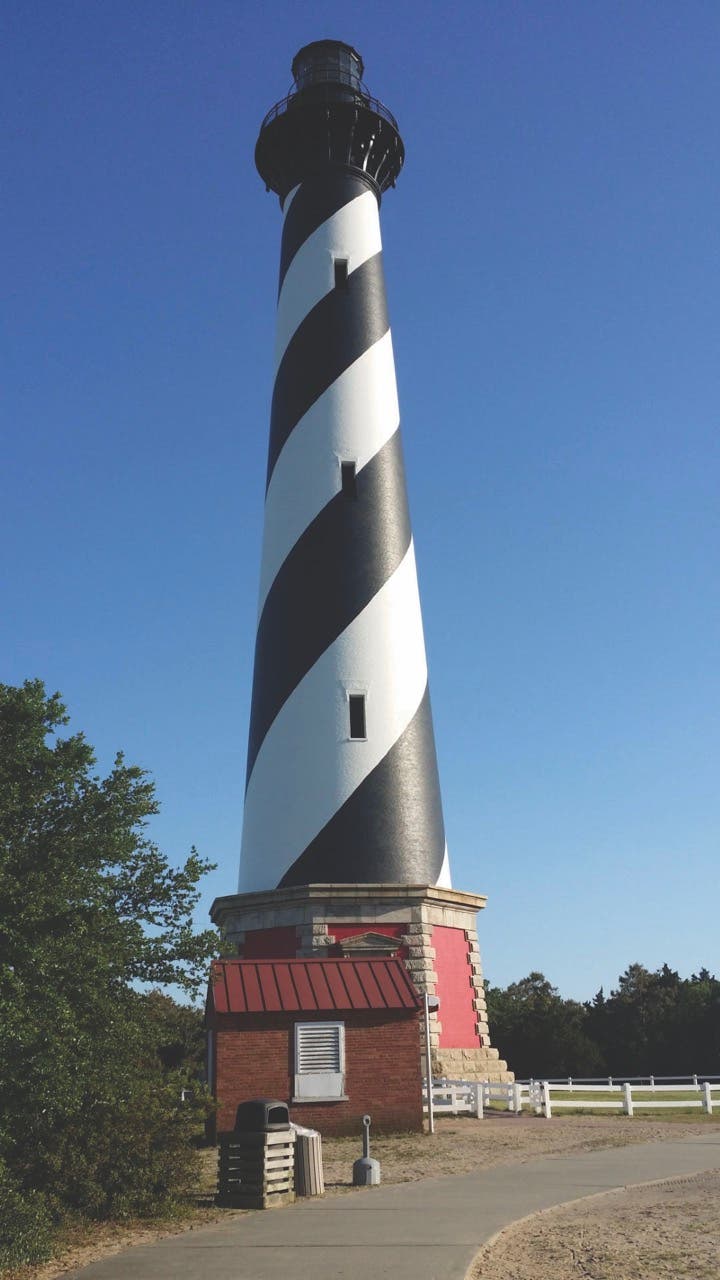
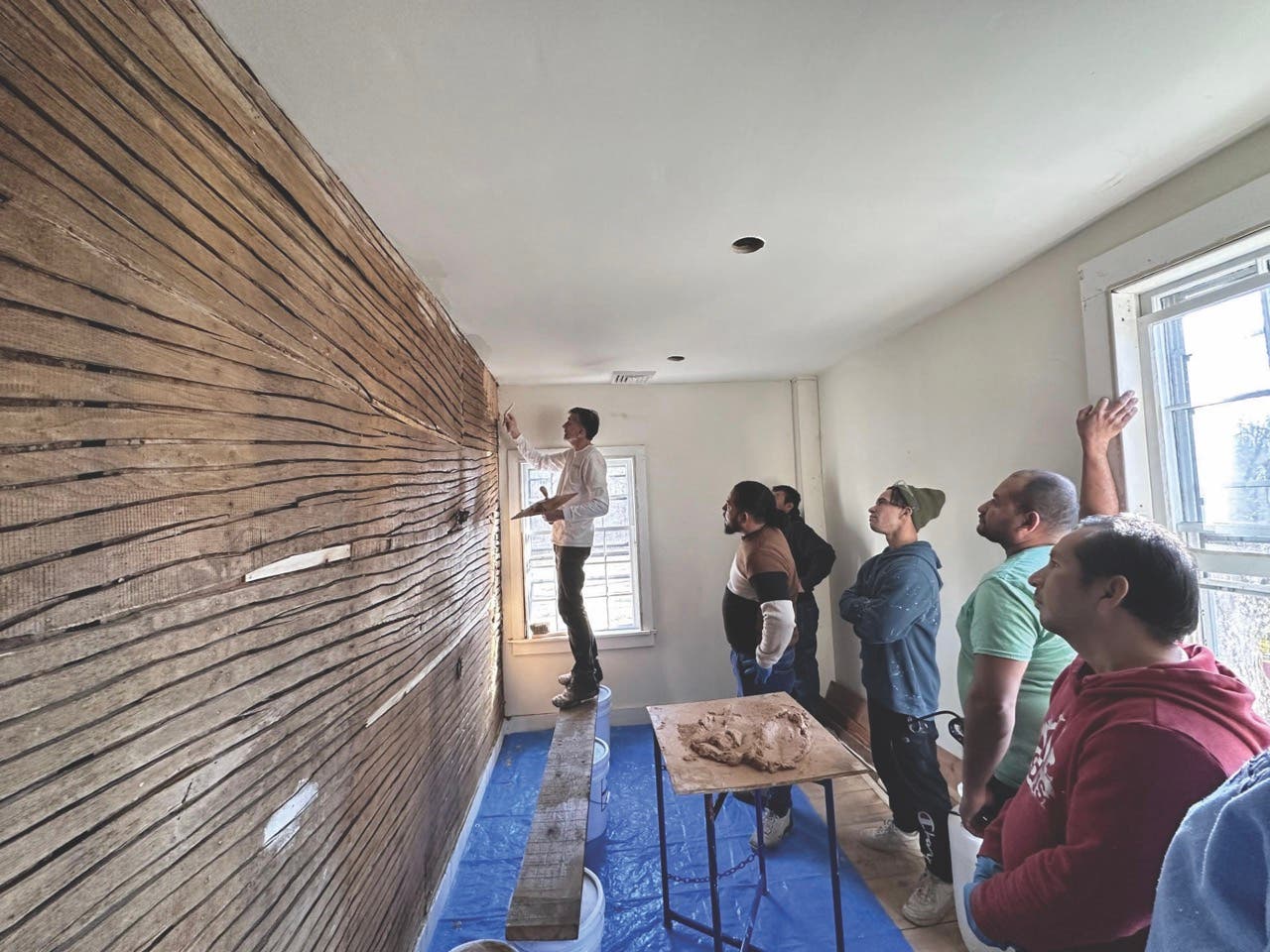
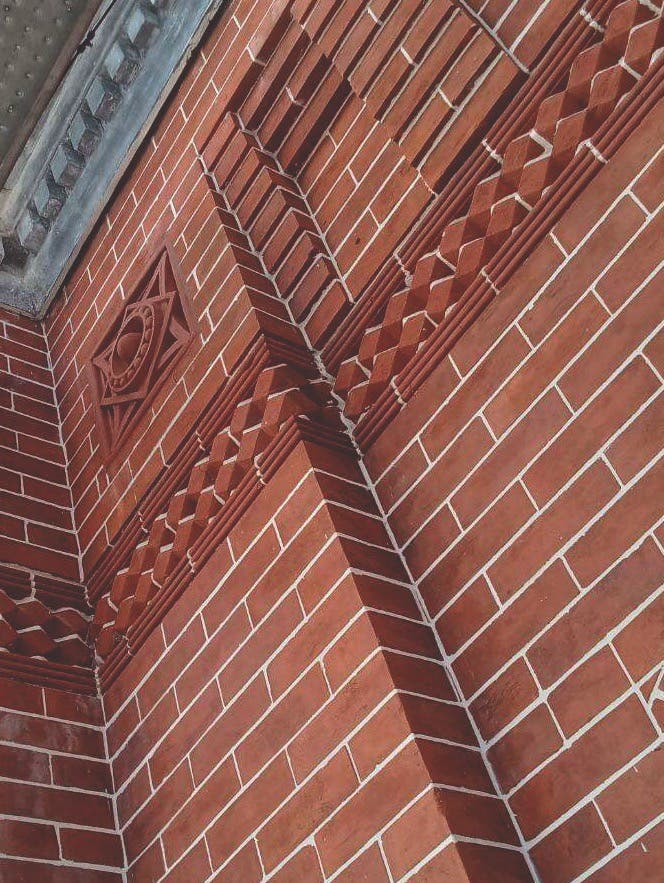
“We have a 1,000 percent commitment to 100 percent natural materials for historic lime masonry/plaster restoration and the green building industry,” says Jonathan Owens, the founder and owner of the business, which is based in Pennsylvania. “We specialize in carbonating lime putty mortars and plasters but also carry a wide variety of other natural products and ship anywhere in North America.”
Owens, who owned a historic preservation contracting firm from 1988 to 2020, says Lancaster Lime Works “helps fill the huge void in both proper education and the supply of the correct materials in the historic lime mortar/plaster field.”
A passionate proponent of teaching the science behind lime mortars and plasters, Owens takes pride in helping customers use the correct materials to preserve their historic structures.
“Unless there is a big shift away from using modern portland cement in our historic masonry buildings, I predict that in 100 years, there won’t be any historic masonry structures left,” he says. “The use of the incorrect mortars, plasters, and coatings is causing our historic buildings to dissolve and rot.”
US Heritage Group
Founded in 1997, US Heritage Group kicked off the lime revival movement in America’s historic masonry industry.
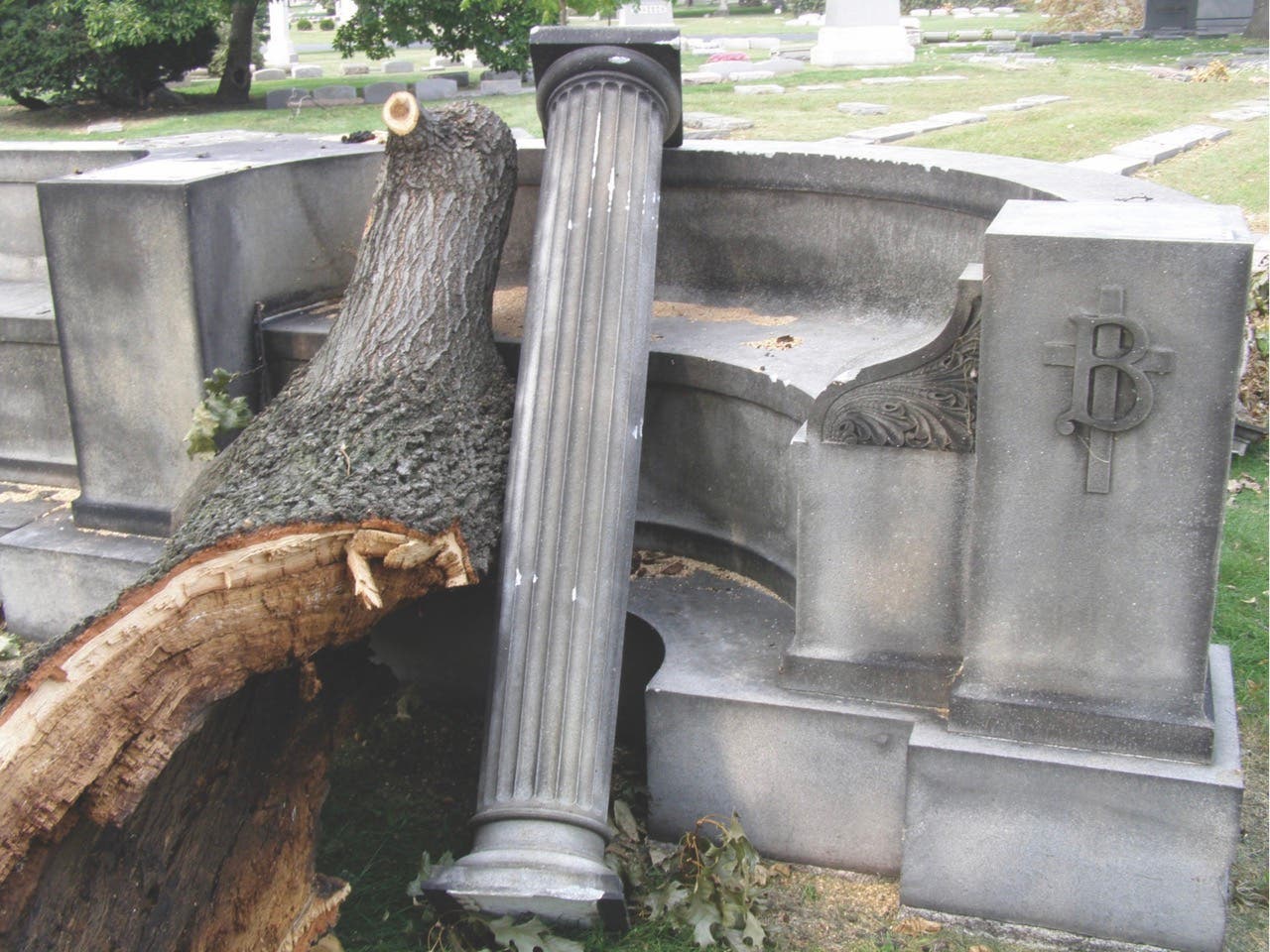
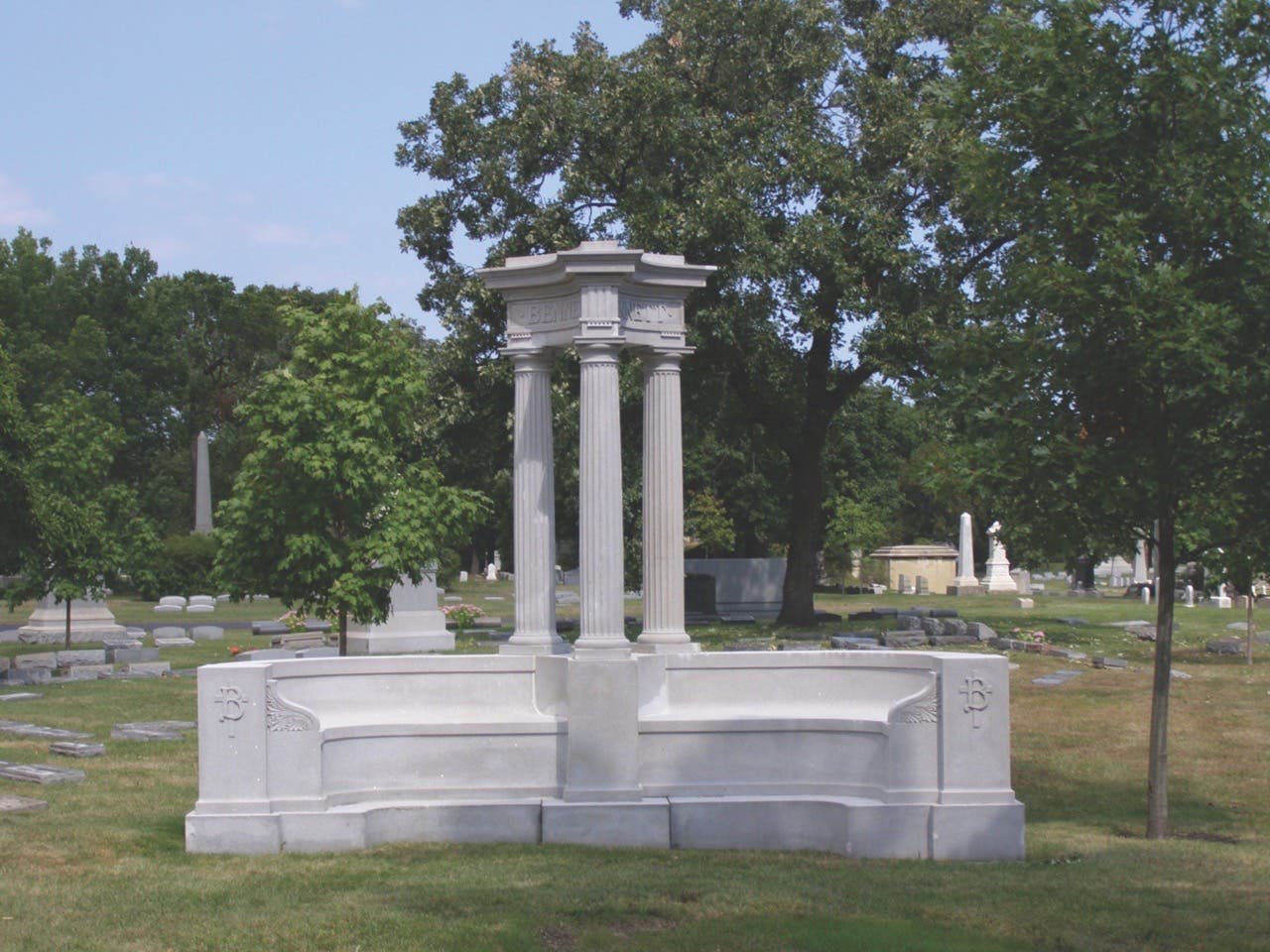
The family-owned company, based in Illinois, specializes in historic masonry repair materials, laboratory testing and training, and condition assessment.
After years of repairing historic buildings and having unsatisfactory results, Mario Machnicki, president and founder, traveled to Europe and studied with masons who work with historic lime-based mortars that have been in continuous use for thousands of years. US Heritage Group was the result of his efforts.
US Heritage Group, which moved into a new, larger factory last year, has expanded its training programs to help educate the next generation of masons.
“The buildings we work on are all unique and deserve to be protected to the best of our ability,” Machnicki says. “I have seen too many cases of buildings that have lasted 100 years falling apart in five years because they were repaired the wrong way. We in the preservation industry are stewards of history, and it is our responsibility to fight for the protection of these irreplaceable structures. We cannot make ‘new’ old buildings.” TB







